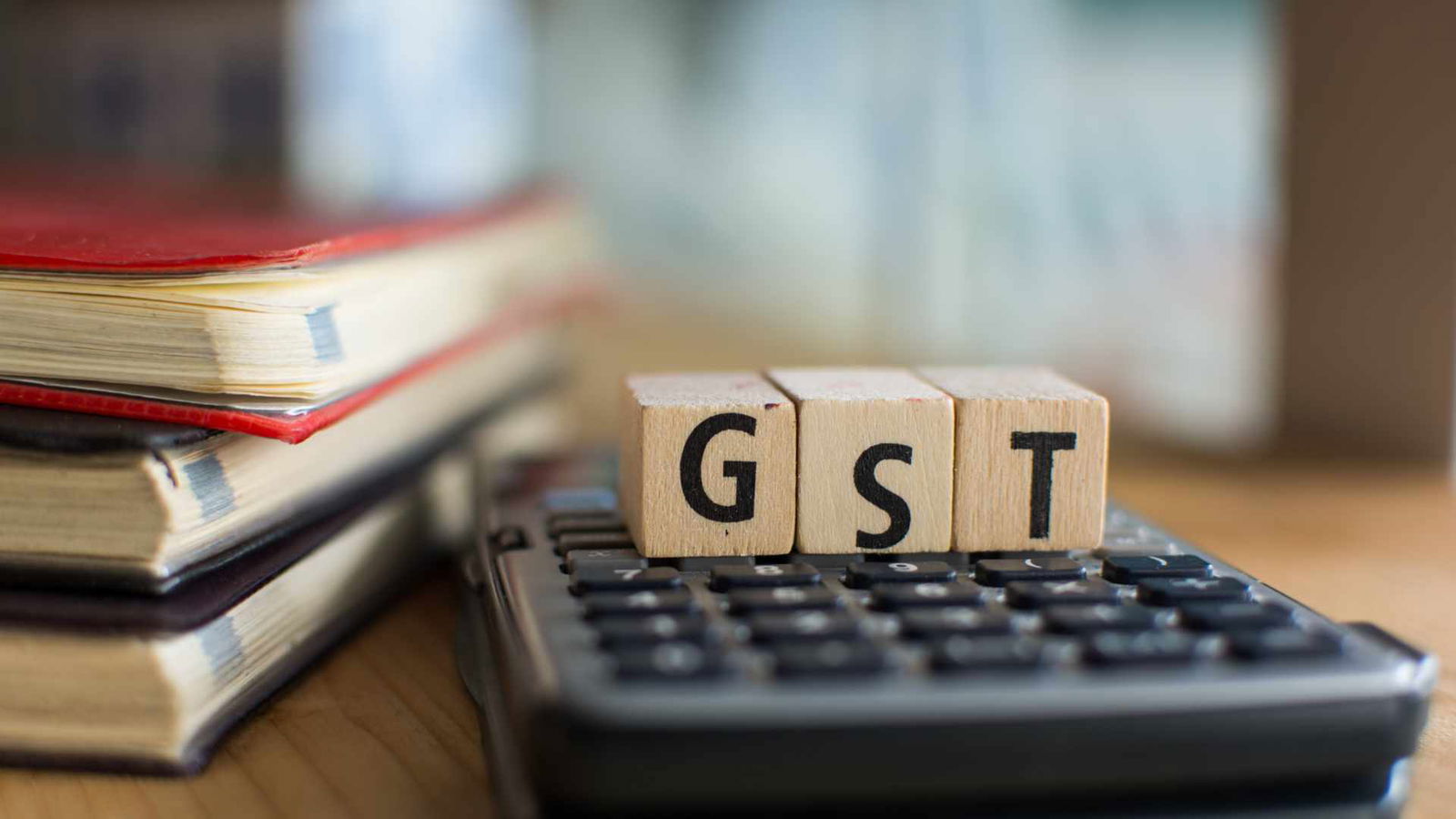Goods and Services Tax (GST) is a major tax change in India that tries to simplify the tax structure. For companies, getting a GST number is not truly an illegal duty; it additionally offers various benefits. In this blog, we will show how to apply for a GST number, the benefits of getting one, and a few normal mistakes to avoid at some point in the application form.
Understanding GST Registration
GST registration allows a company to be recognized under the GST no. It is important for some firms, including those with a turnover reaching a certain degree, e-commerce providers, and transport carriers. By registering for GST, businesses may additionally receive tax from clients and pay it to the government while also gaining input tax credits on their purchases.
Benefits of Having a GST Number
Having a GST number comes with several perks:
- It offers your company formal standing, which helps build trust with customers and sellers.
- Listed businesses may claim input tax credits on taxes paid for things and services utilized in their operations, lowering total tax expenses.
- GST registration aids compliance as firms must submit returns regularly, boosting openness and helping prevent fines.
Steps to Apply for a GST Number
- Preparation Before Application
Before asking for a GST number, collect all necessary papers. Key papers include:
- Your PAN card.
- Evidence of business address (such as a power bill or lease agreement).
- Identification proof (such as an Aadhaar card or passport).
- Online Application Process
The application for a GST number is done online via the GST site. Here’s how to do it:
- Visit the GST Portal: Go to (http://www.gst.gov.in).
- Establish an Account or Log In: If you are new, establish an account using your cellphone number and email address.
- Fill out Form GST REG-01: After logging in, select the registration area and fill out Form GST REG-01 with exact data about your firm.
- Submit Necessary Papers: Make sure you send all essential papers in the right manner to reduce delays.
- Verification Process
Once you send your application, a GST officer will review it. If necessary, they may ask for further documents.
- Possible Outcomes: Approval: If everything is proper, you will receive your GST registration certificate via email.
- Rejection: Your entry may be denied if there are problems or details are missing. You may solve these mistakes and restart.
- Receiving Your GST Registration Certificate
After approval, you will receive your GST registration certificate online. It’s vital to keep this license safe since it proves that your business meets GST standards.
Common Mistakes to Avoid
While registering for a GST number can appear simple, there are certain common problems to look out for. First, make sure all important paperwork is given; missing papers might lead to delays or refusal. Second, double-check every piece of information in your application for accuracy—errors may complicate the process. Finally, send your application on time to prevent any fines or legal problems.
Conclusion
Getting a GST number is an important step for companies in India. It promises compliance with tax laws and provides cash benefits that might help your business grow. By following the steps outlined above and avoiding frequent mistakes, you may make the application process easier.
Have you recently registered for a GST number? In the comments below, share your stories or ask any questions you may have regarding the process! Your views might benefit other businesses in their quest for successful GST registration.





